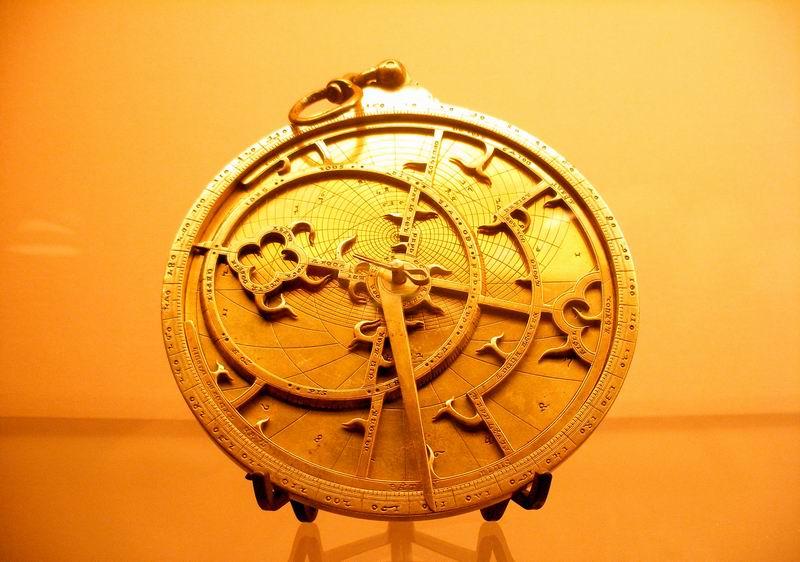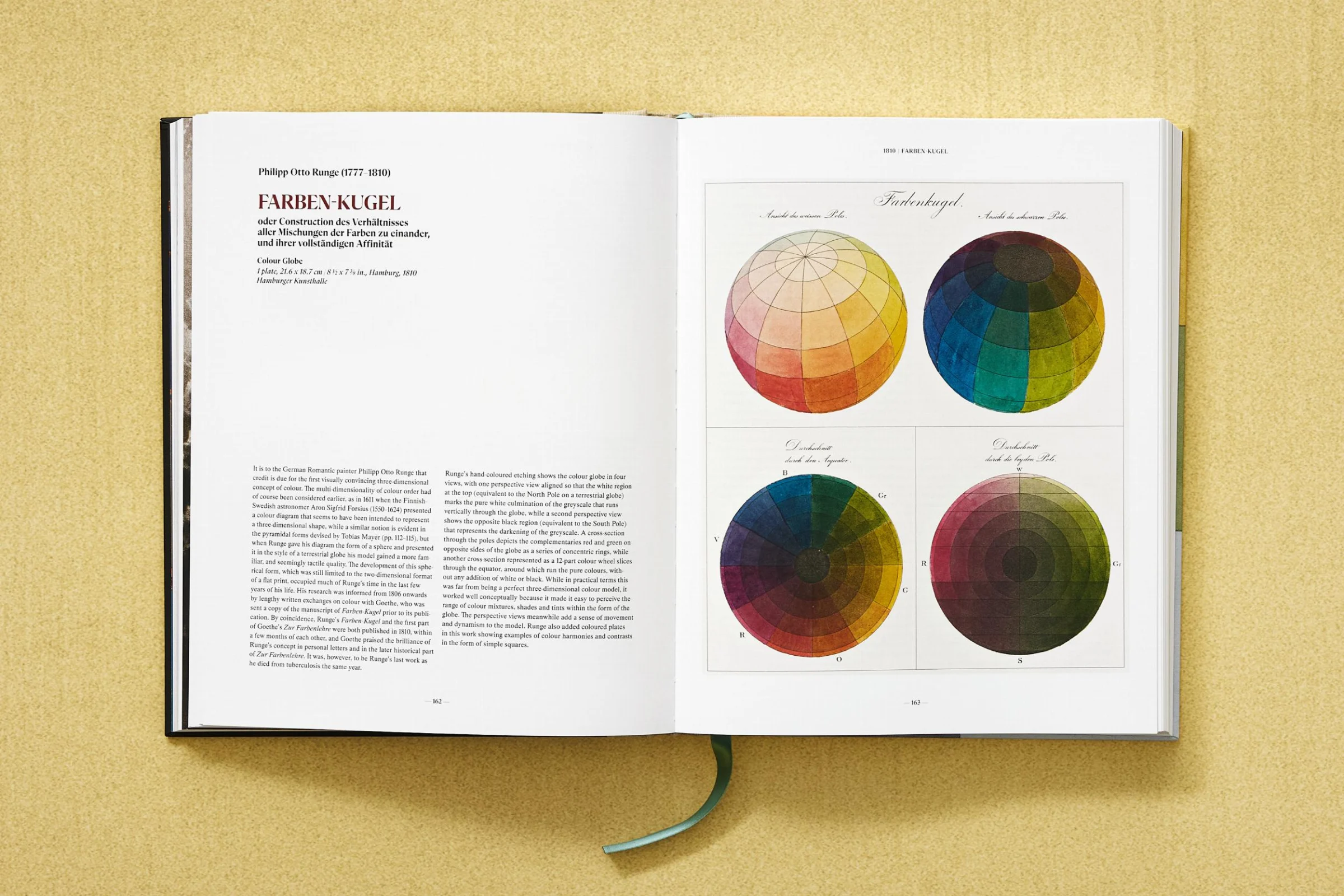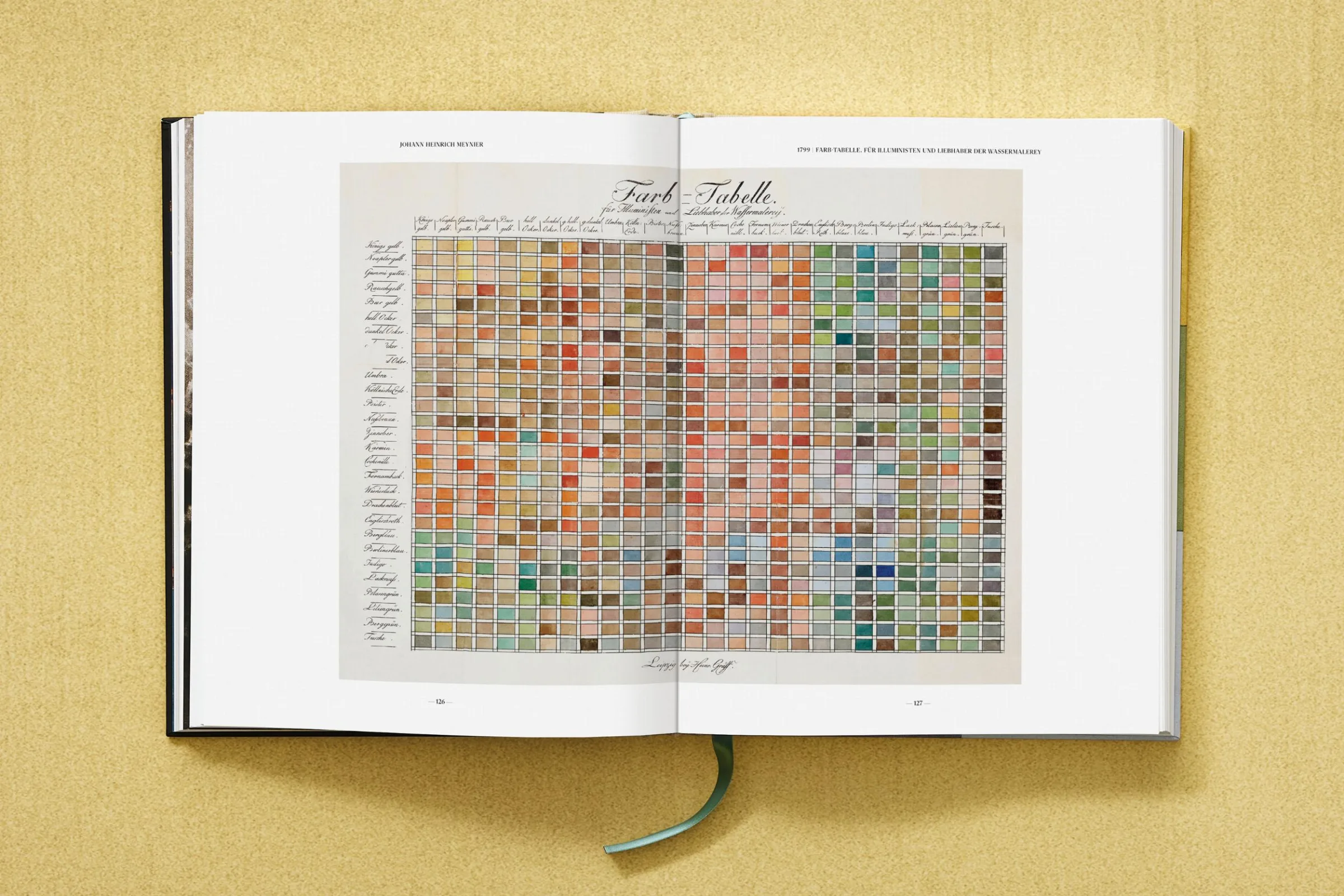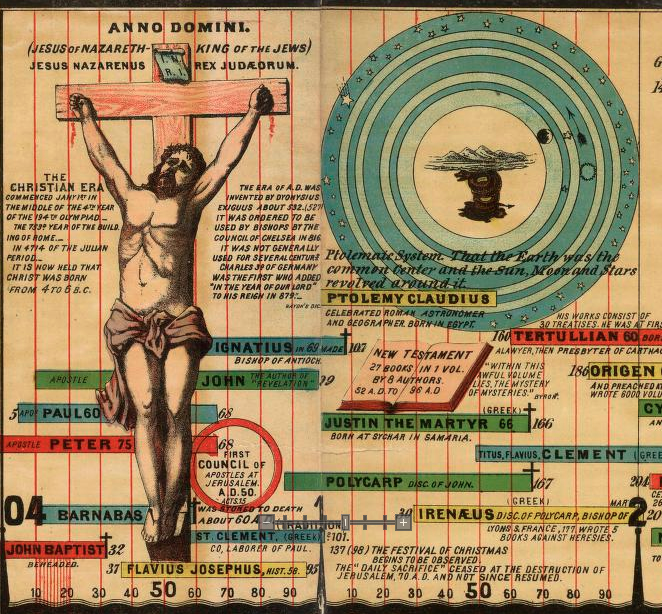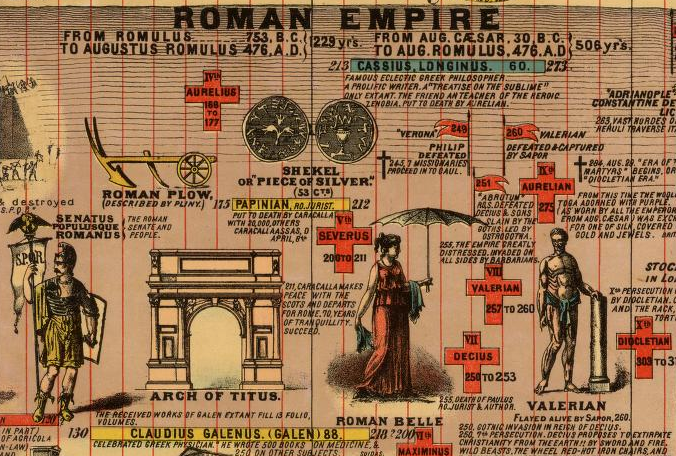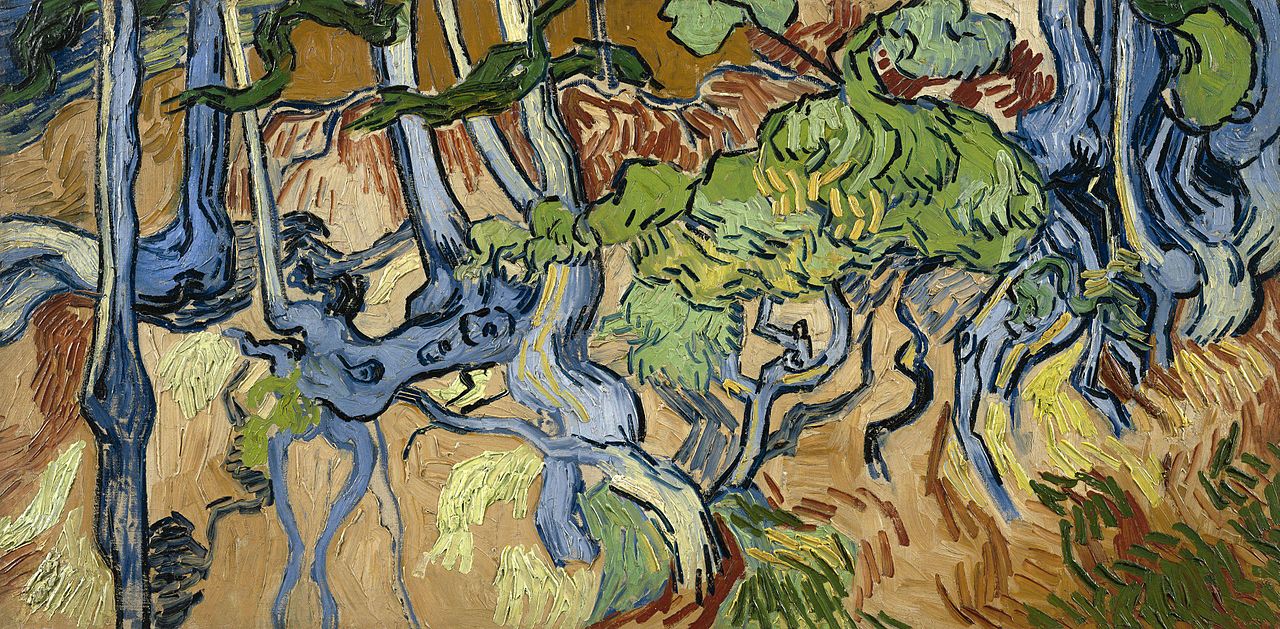In less than a year and a half, the centenary of Antoni Gaudí’s death will be here. Faced with this fact, especially dedicated enthusiasts of Catalan architecture may already be planning their festivities. But we can be sure where the real pressure is felt: the Basílica i Temple Expiatori de la Sagrada Família, Gaudí’s most famous building, which — as of tomorrow — has been under construction for 142 years. When it first broke ground in 1882, Gaudí wasn’t involved at all, but when he took over the project the following year, he re-envisioned it in a distinctive combination of the Gothic and Art Nouveau styles. The rest, as they say, is history: a troubled, unpredictable history continuing to this day, explained by architecture-and-history Youtuber Manuel Bravo in the video above.
Though it isn’t yet complete, you can visit Sagrada Família; indeed, it’s long been the most popular tourist attraction in Barcelona. The experience of marveling at the basilica’s astonishing degree of detail and not-quite-of-this-Earth structure is worth the price of admission, which has helped to fund its ongoing construction. But you’ll appreciate it on a higher level if you go with someone who can explain its many unusual features, both architectural and religious — someone with as much knowledge ad enthusiasm as Bravo, whom we’ve previously featured here on Open Culture for his videos on Pompeii, Venice, the Great Pyramids of Giza, and the Duomo di Firenze.
With Sagrada Família’s pyramidal shape, Bravo explains, Gaudí “hoped to suggest a connection between the human and the divine.” Its three façades are dedicated to the birth, death, and eternal life of Jesus Christ, to whom the central and tallest of its planned eighteen towers will be dedicated. The cathedral’s exterior alone constitutes an “authentic Bible of stone,” but it can hardly prepare you to step into the interior, with its “beautiful play of space, light, and color.” As Bravo puts it, “the protagonist here is the space itself,” envisioned by Gaudí as “a huge forest” involving no un-nature-like straight lines. All of it showcases “the combination of aesthetics and efficiency” that defines the architect’s work.
Bravo’s video runs a bit over twenty minutes, but you could spend much, much longer appreciating every aspect of Sagrada Família, those completed in Gaudí’s lifetime as well as those completed by the many devoted artisans who have continued his work for almost 100 years now. The architect “knew quite well that he would not live to see the temple completed,” says Bravo, hence his having “left behind so many models and drawings” for his successors to go on. They’re working on a 2026 deadline, but as Bravo notes, given the interruptions inflicted by COVID-19, “that date seems unlikely.” But then, has there ever been as unlikely a building as Sagrada Família?
Related content:
Venice Explained: Its Architecture, Its Streets, Its Canals, and How Best to Experience Them All
Take a High Def, Guided Tour of Pompeii
What the Great Pyramids of Giza Originally Looked Like
Based in Seoul, Colin Marshall writes and broadcasts on cities, language, and culture. His projects include the Substack newsletter Books on Cities, the book The Stateless City: a Walk through 21st-Century Los Angeles and the video series The City in Cinema. Follow him on Twitter at @colinmarshall or on Facebook.
